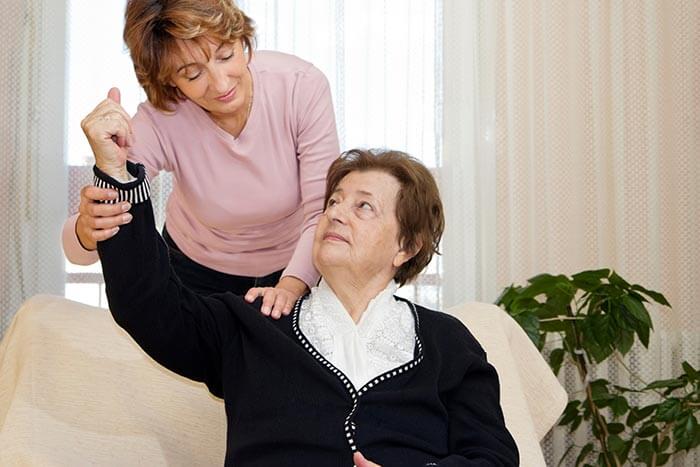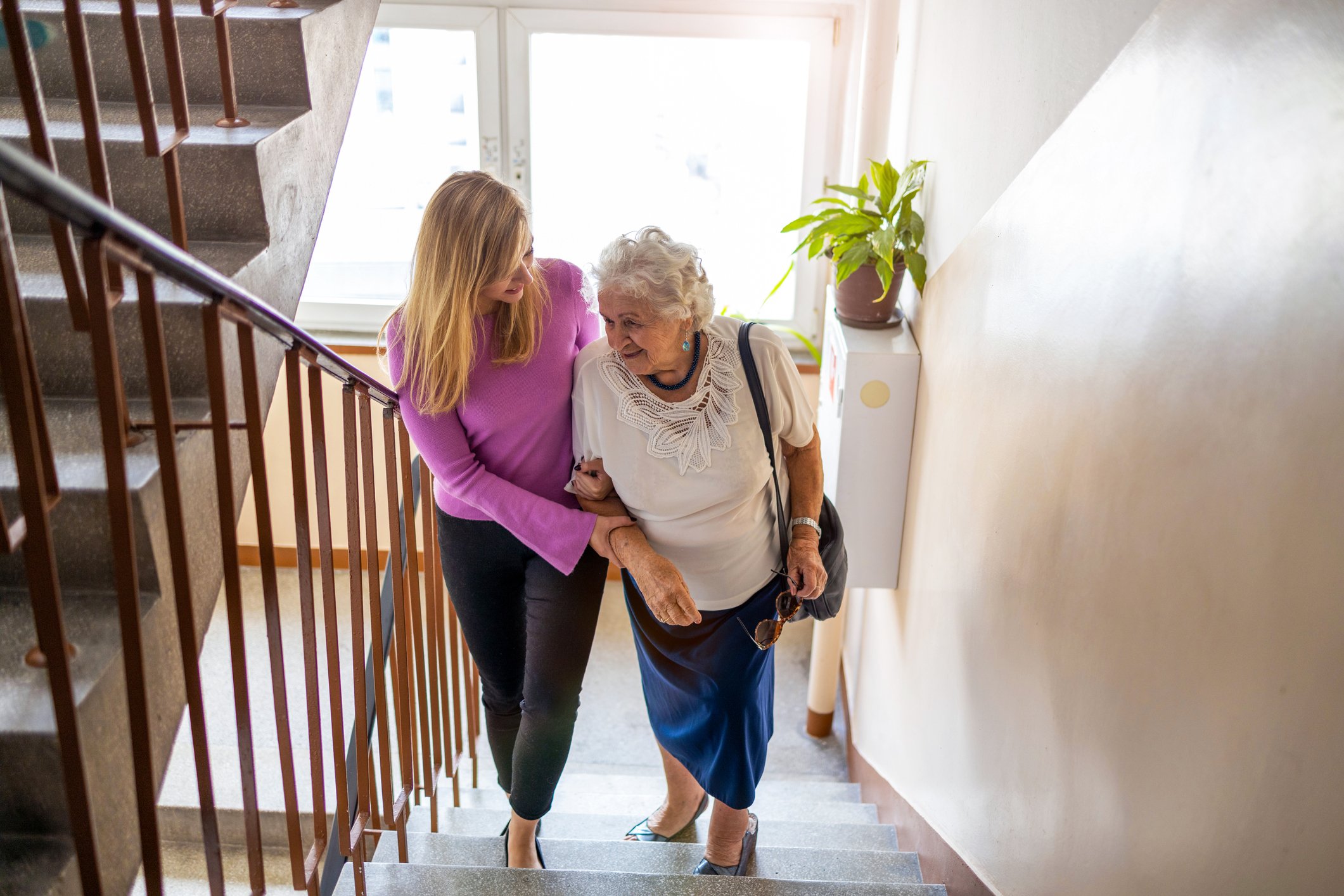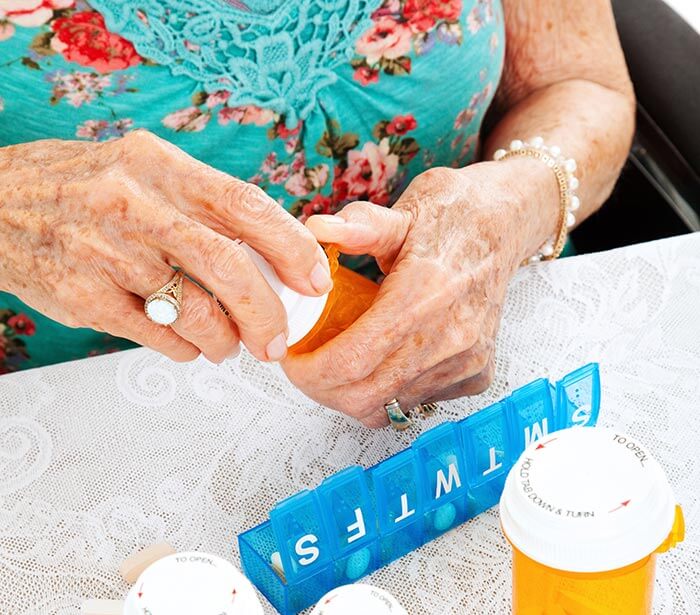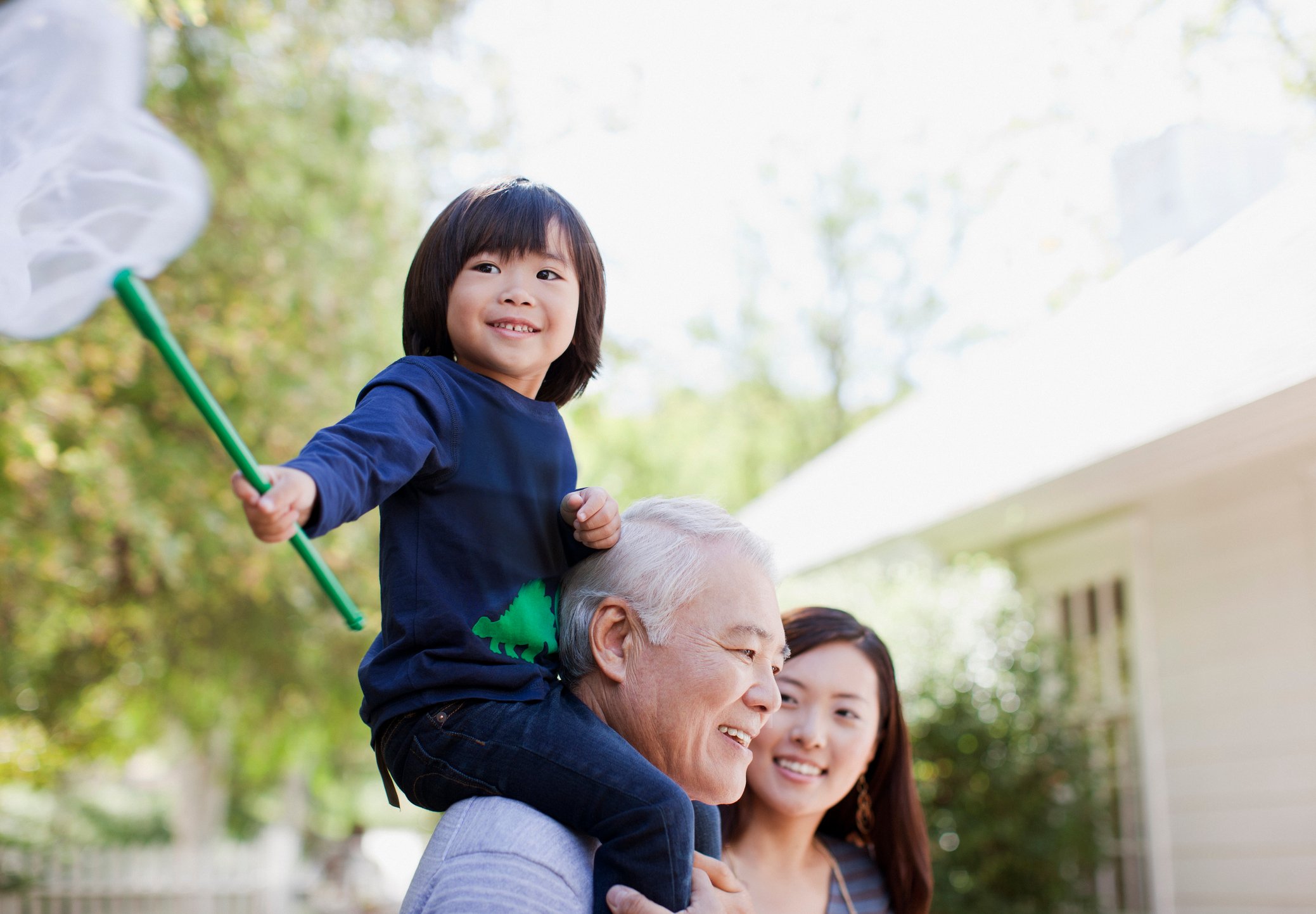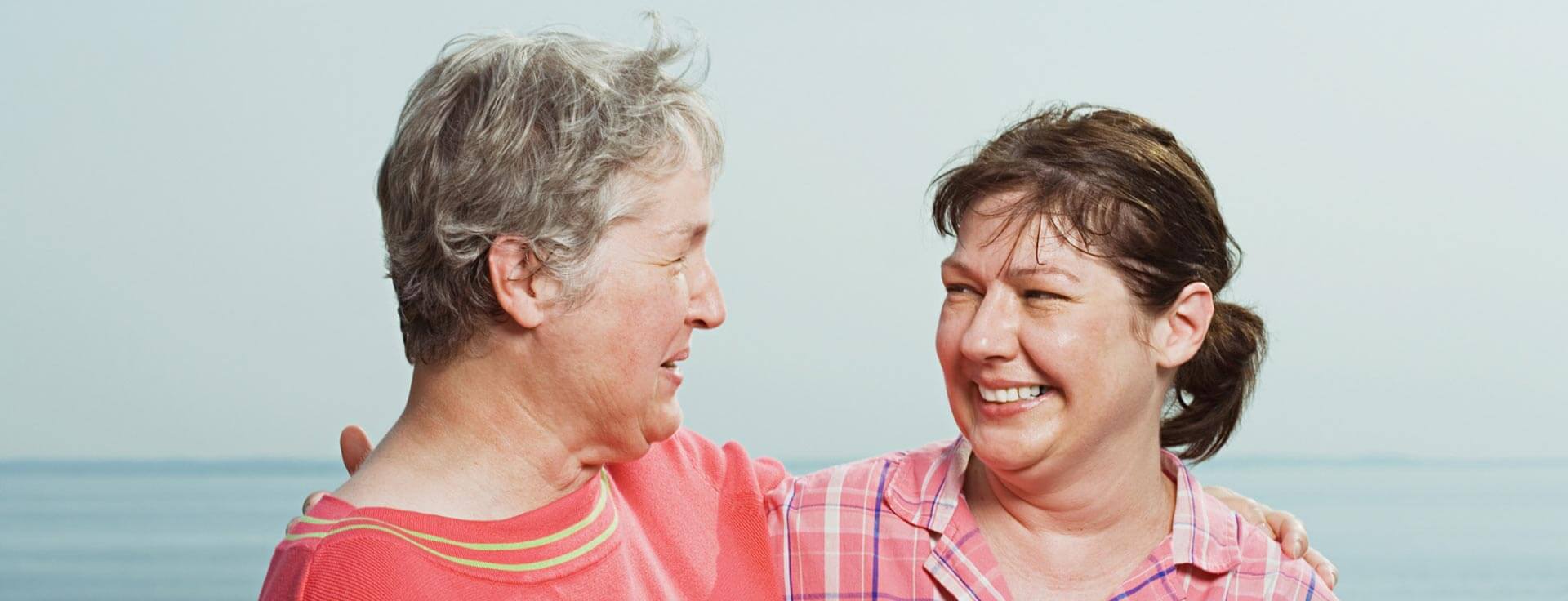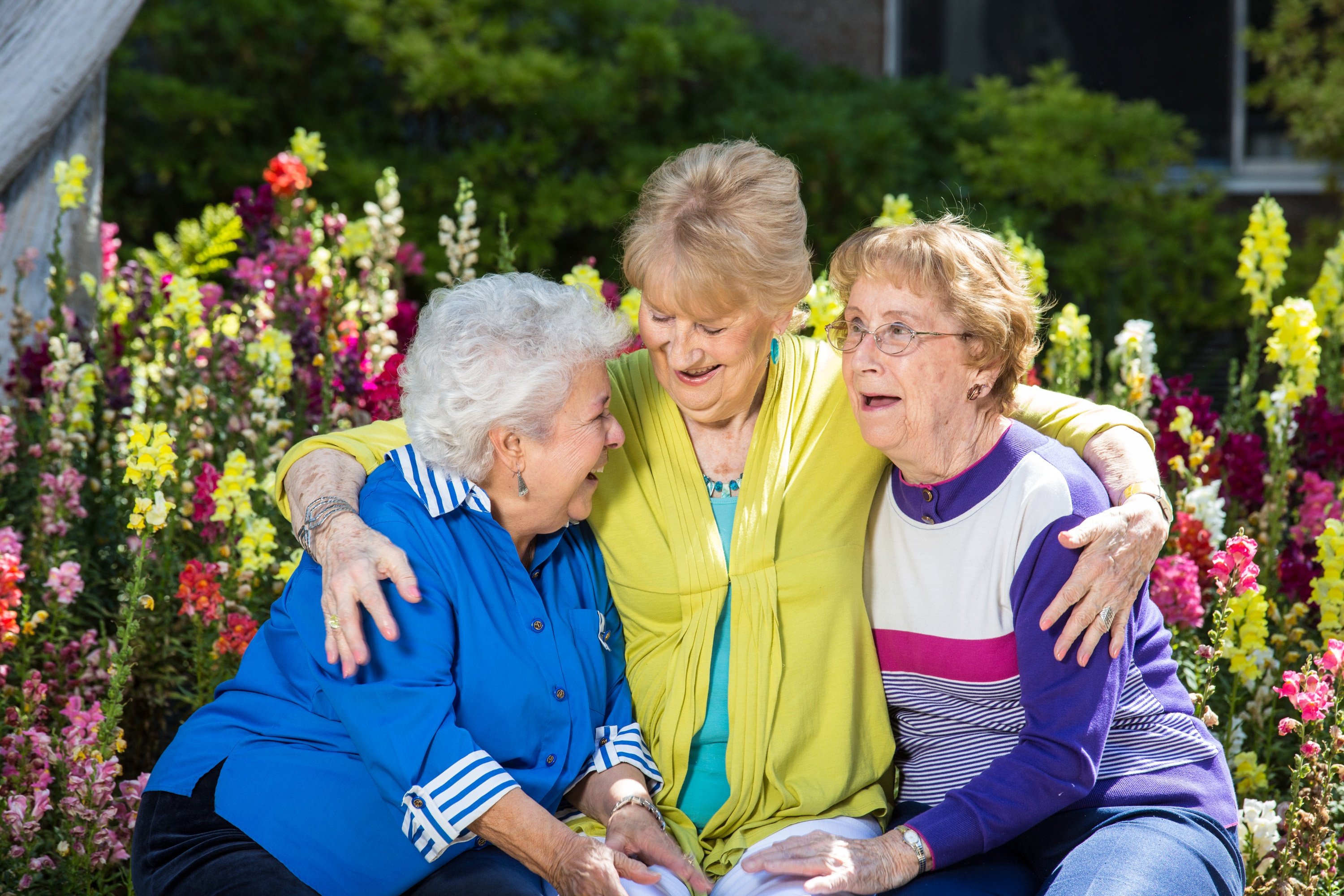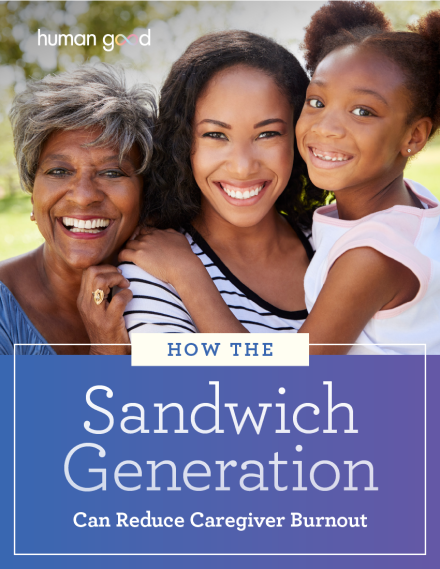While sandwich generation family caregivers are at an increased risk for burnout, there are solutions that can alleviate the stress that goes hand in hand with caring for an aging parent.
Asking for help and utilizing technology to make caregiving more efficient is a good start, but often the best solution is to enlist professional help and let professionals in senior living communities take over caregiving tasks.
Senior living communities are designed to serve older adults as well as provide support to family members. If you are wondering if senior living could be a solution to your caregiving stress, here are a few benefits you and your loved one can enjoy when senior living comes into play.
IT CAN GIVE YOU PEACE OF MIND.
Exceptional senior living communities can be a place where residents and their family members are able to take a deep breath thanks to features such as security services, emergency response systems and around-the-clock caregivers, depending on the lifestyle option. But it’s not just in emergencies that family members feel peace of mind.
For the children of HumanGood resident Dorothy, it was knowing their mom was busy making new friends and staying active.
 Community living is much more affordable than you think. Understand the costs involved with our comprehensive guide.What Does It Cost?
Community living is much more affordable than you think. Understand the costs involved with our comprehensive guide.What Does It Cost?





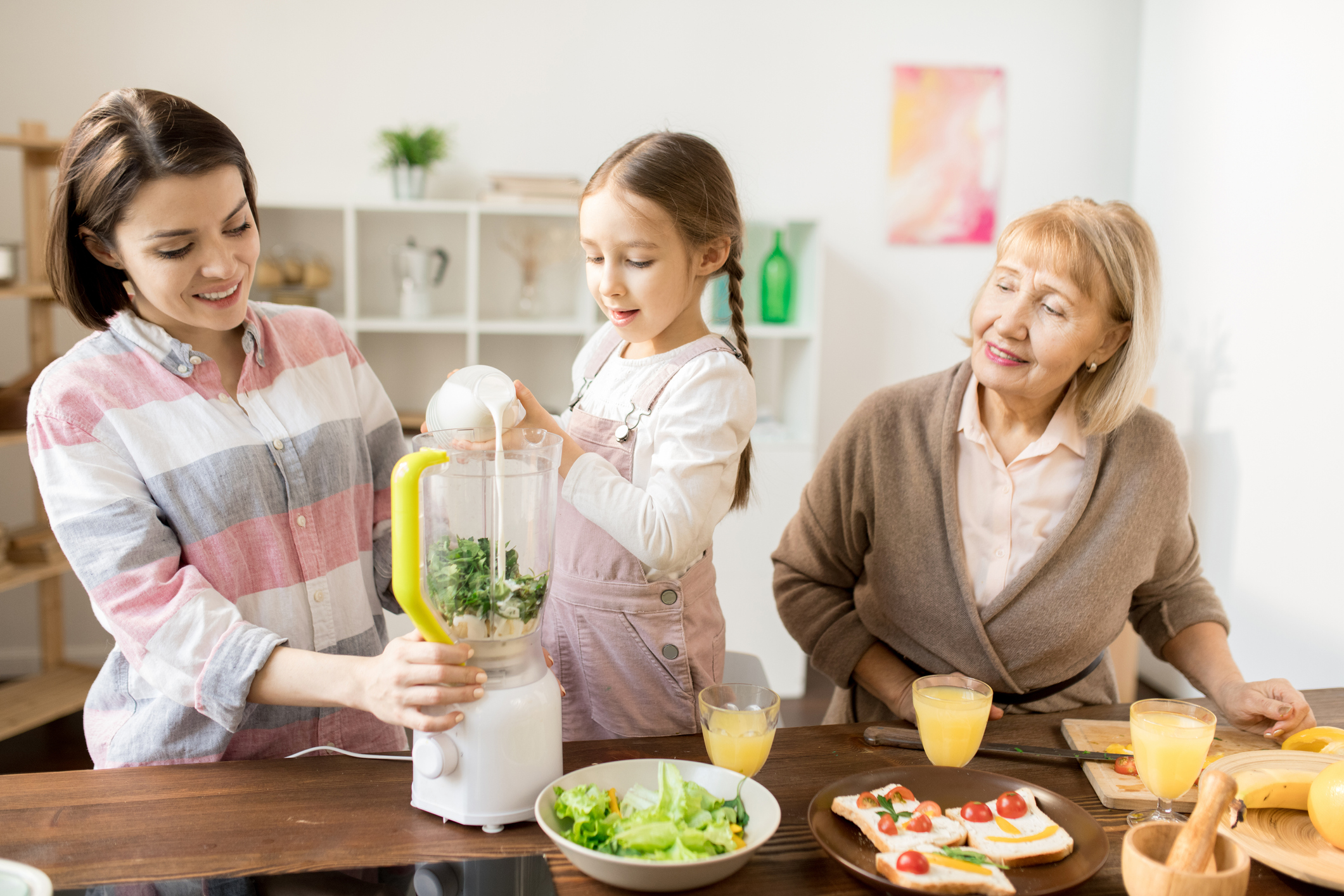

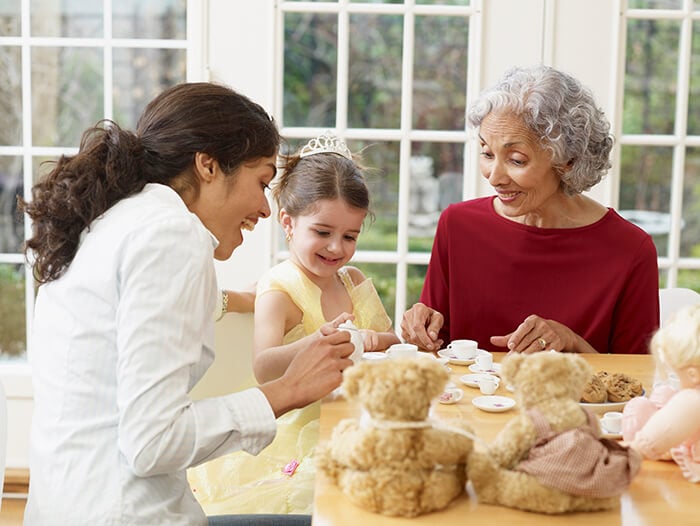


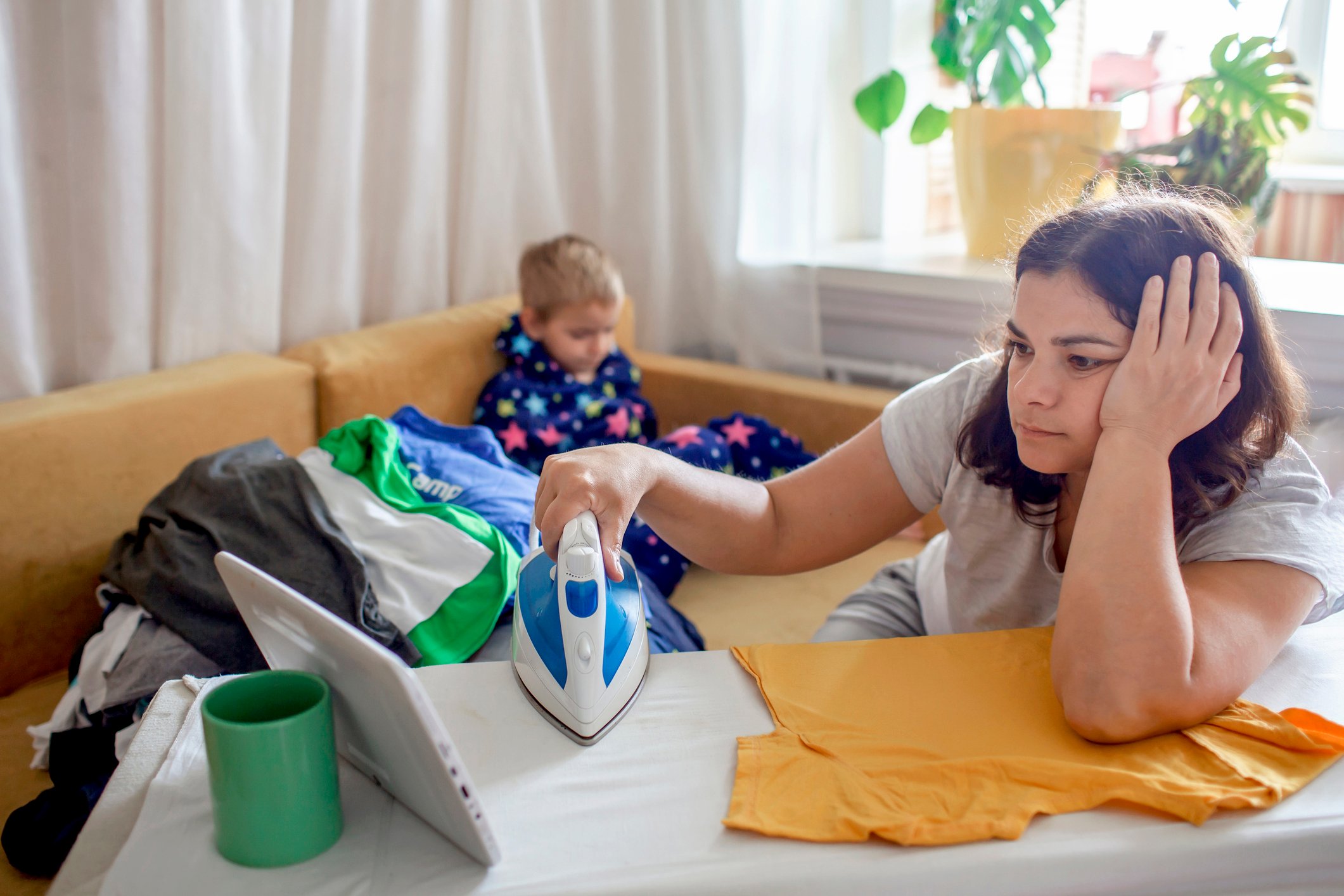

.png)
